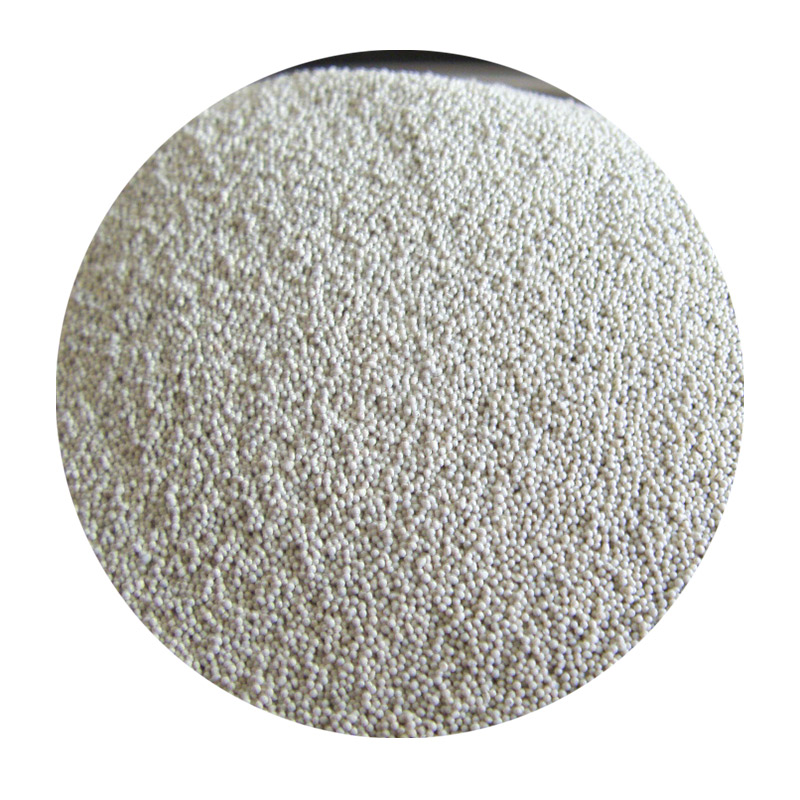Sanding 3D Prints A Comprehensive Guide for a Flawless Finish
3D printing has revolutionized the manufacturing industry and DIY projects, allowing enthusiasts and professionals alike to create intricate designs quickly. However, one common challenge faced by those who venture into this realm is achieving a smooth, polished finish on their prints. Sanding is one of the most effective techniques to enhance the surface quality of 3D-printed objects, transforming rough, layer-printed surfaces into sleek, visually appealing pieces. In this article, we will explore the importance of sanding in 3D printing, the methods involved, and tips to achieve the best results.
The first step in understanding the significance of sanding in 3D printing is recognizing that most printing processes, particularly Fused Deposition Modeling (FDM), leave visible layer lines due to the nature of the material being extruded. These lines can disrupt the aesthetic quality of the print and may distract from the piece's intended design. Sanding helps mitigate these imperfections, providing a smoother texture and elevating the overall appearance of the object.
Sanding 3D Prints A Comprehensive Guide for a Flawless Finish
An excellent approach is to use a sanding sponge, which conforms well to the contours of the print, allowing for more even results. For intricate details, consider using sanding sticks or other precision tools that can reach difficult areas.
sanding 3d print

Another technique gaining popularity is wet sanding, which involves using water to reduce dust and friction while sanding. This method helps to minimize scratches and offers a smoother finish, particularly beneficial for materials like PLA, ABS, and PETG.
Beyond manual sanding, additional finishing methods can enhance the surface further. Heat guns can be used to smooth out ABS prints, as the heat melts the outer layer slightly, allowing it to settle into a smoother finish. Similarly, chemical smoothing methods using acetone can achieve similar results, especially on ABS prints. However, these techniques require caution and proper ventilation due to the fumes produced.
Moreover, preparing the surface before painting or applying a clear coat is essential to achieving a flawless finish. After sanding, thoroughly clean the print to remove any dust or debris, ensuring that the subsequent layers adhere correctly.
In conclusion, sanding is a vital step in the post-processing of 3D prints, significantly enhancing their appearance and quality. By using the right techniques and tools, hobbyists and professionals can transform rough prints into visually stunning creations. Whether through manual sanding or employing additional finishing methods, the effort invested in this process can greatly enhance the functionality and aesthetic of 3D-printed objects. Embrace the sanding process, and watch your 3D printing endeavors reach new heights!
Post time:நவ் . 03, 2024 08:45
Next:sand casting components
